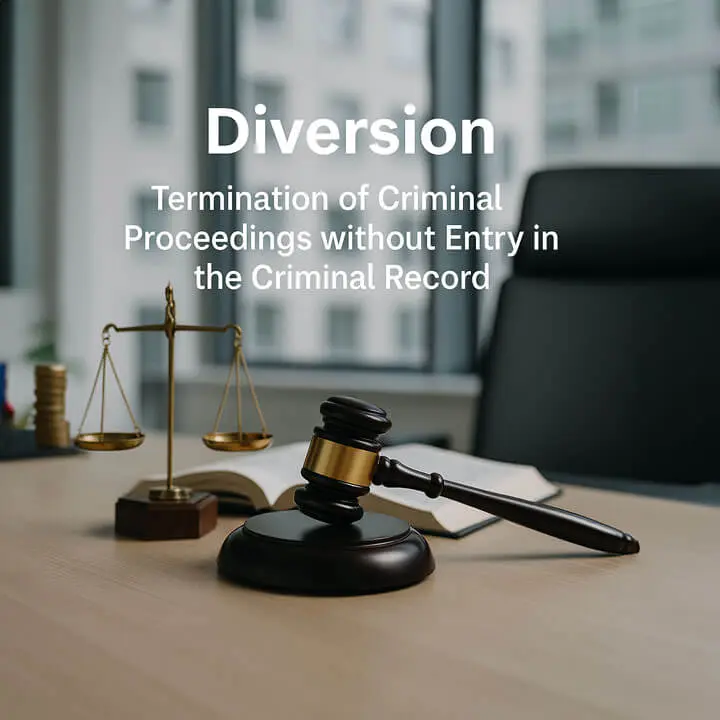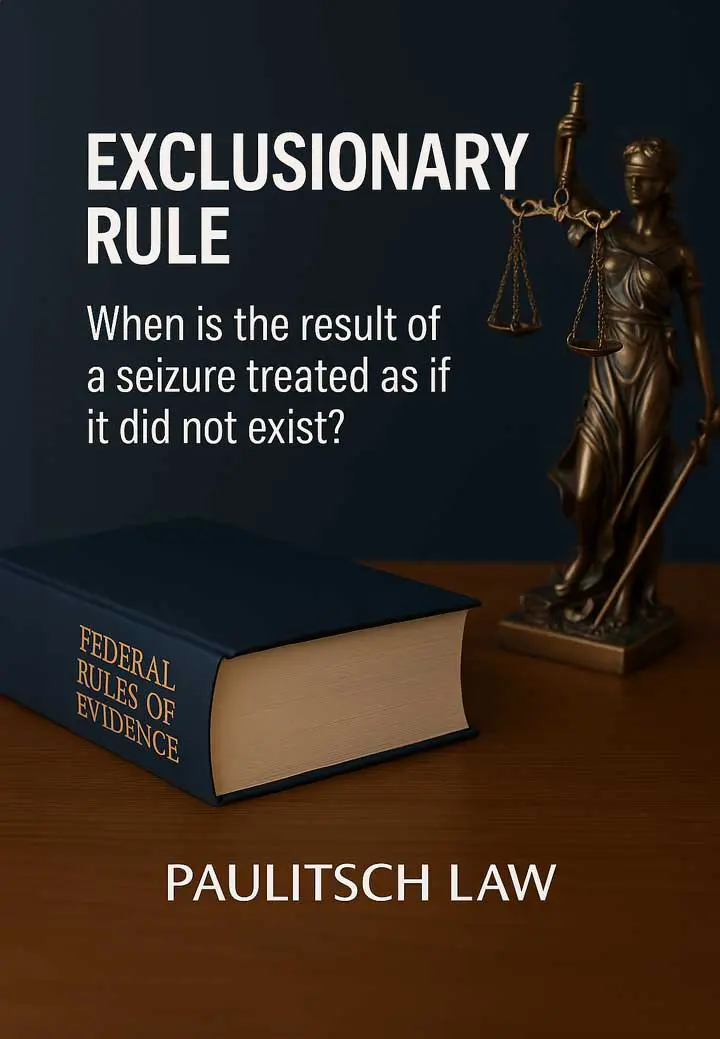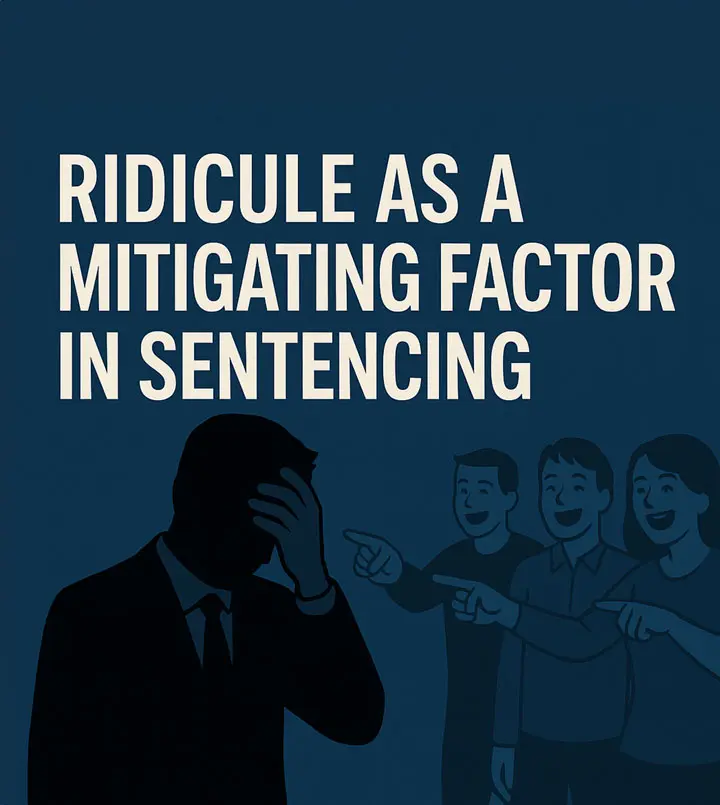Embezzlement (§ 133 Austrian Penal Code) is one of the central offenses in white-collar criminal law. It refers to the unlawful appropriation of an entrusted asset. An “asset” does not only include a tangible object but also intangible property, such as a balance in a bank account. Thus, not only goods from a company’s warehouse but also funds in a bank account can be embezzled.
In everyday language, the term misappropriation is often used for embezzlement. The two offenses must be distinguished, even though they share similarities. In embezzlement, the asset was entrusted to the offender in good faith. In misappropriation, the offender acquired the asset in some other way.
Difference Between Embezzlement and Breach of Trust
There is also a risk of confusion with the offense of breach of trust, since in breach of trust the offender also appropriates another’s asset. Unlike embezzlement, however, in breach of trust the asset was not entrusted to the offender but rather the offender was given authority to dispose of the asset. In breach of trust, the offender is therefore authorized to act in another’s name with another’s assets (e.g., managing director, CFO, authorized signatory, association treasurer).
In embezzlement, by contrast, the offender acts in their own name (e.g., notary, lawyer, trustee, financial service provider).
Embezzlement in Companies
If there is suspicion that, for example, company funds have been embezzled, the matter can be clarified through an internal investigation. This does not yet trigger public prosecution proceedings; for that, the authorities must first become aware of the suspicion, e.g., through a criminal complaint.
Typical incidents include “shrinkage” in an association’s cash register, petty cash, trust accounts, or investment funds. Which offense is ultimately applicable must be assessed based on the conduct. In many cases, it may also constitute fraud.
Once a complaint has been filed, the initiated investigation cannot be stopped by withdrawing it – since so-called ex officio offenses must be investigated by the authorities on their own initiative. The prosecution’s goal is to clarify the facts and identify the persons involved. Various investigative measures are available to this end, such as house searches with subsequent seizure of documents and data, or the questioning of witnesses by the police or prosecution authorities.
Sentencing and Statute of Limitations
If the offender fulfills the criteria of embezzlement, the sentence depends on the value of the embezzled asset. The law provides for the following gradations:
- up to €5,000,
- over €5,000 up to €300,000,
- more than €300,000.
- If the asset is worth up to €5,000, the offender faces imprisonment of up to six months or a fine of up to 360 daily rates. For first-time offenders, the daily rate depends on income, while the number of daily rates is determined by the court based on the severity of the offense. The statute of limitations is one year.
- If the asset is worth over €5,000 but not more than €300,000, the offender faces imprisonment of up to three years. The statute of limitations is five years.
- If the asset exceeds €300,000, the offender faces imprisonment from one to ten years. The statute of limitations is ten years.
A conviction also results in an entry in the criminal record. If the offender is an employee who has embezzled company funds, the company itself may also face a corporate fine.
Active Repentance: Requirements & Effects
Criminal liability may be lifted through active repentance. The offender must fully compensate for the damage caused or contractually commit to such compensation before the authorities learn of the offense. It is irrelevant whether the victim forced compensation. The offender may also file a voluntary self-report with the authorities and deposit the amount of damage.
Diversion – Possibility, Requirements & Procedure
Diversion may also be possible up to a certain asset value under specific conditions. It applies to offenses punishable by no more than five years of imprisonment. In cases of embezzlement, this depends on the value of the asset. Diversion is available if the embezzled amount does not exceed €300,000, since in that case the maximum sentence is up to three years. If the amount exceeds €300,000, the sentence may be up to ten years, and diversion is generally excluded.
Conclusion
Companies often face suspicion of embezzlement within their operations. To handle even complex situations effectively, a structured approach is crucial. Developing a tailored strategy and taking well-considered steps can be of great importance in potential criminal proceedings.
Your legal team will advise you on how to behave during interrogations (rights and obligations as a witness, victim, or accused). We are happy to advise you and your company in handling suspected cases and to support you in investigations and criminal proceedings.









